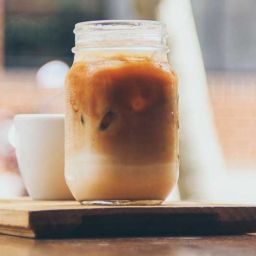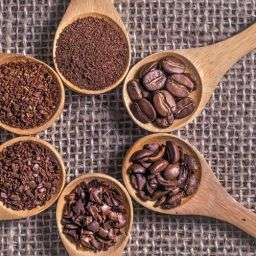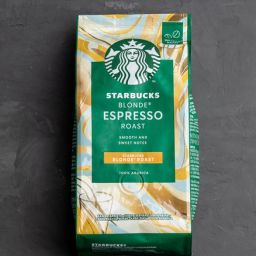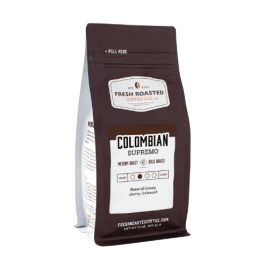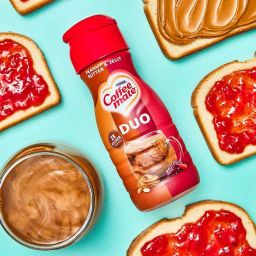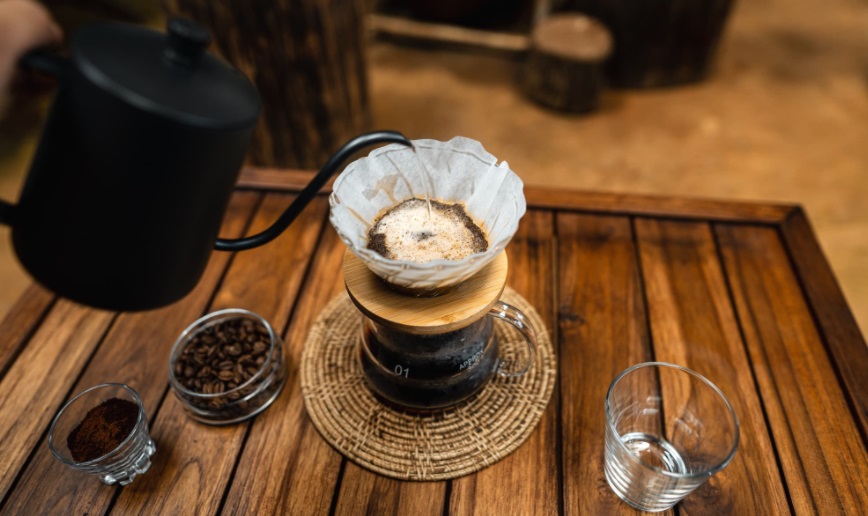
Making drip coffee without a machine might sound challenging, but it’s surprisingly simple and convenient. This method not only saves you from the expense of fancy equipment but also brings you closer to the traditional essence of coffee brewing. With just a few basic tools and some hot water, you can enjoy a freshly brewed cup of coffee that rivals any machine-made drip brew.
How to Make Drip Coffee Without a Machine
To make a good cup of drip coffee manually, you’ll need to start with the right coffee grounds. Opt for medium to coarse ground coffee as it brews best in manual methods. The process begins with boiling water. Once your water reaches a rolling boil, let it sit for about 30 seconds to reach the optimal temperature—just off the boil is perfect for extracting the full flavor without scalding the coffee.
Next, place your coffee grounds in a filter. You can use a clean cloth or even a paper filter fitted inside a sieve or a small cup. Pour the hot water slowly over the coffee grounds, ensuring they are evenly saturated. The key is to pour in a slow, steady spiral, beginning at the outer rim and moving inward. This technique allows the coffee to “bloom” and ensures that the water doesn’t channel through the grounds, creating a balanced extraction.
Key Takeaways
- Importance of the Coffee Grind Size: The grind size of your coffee significantly affects the extraction process and the final taste. A coarser grind is generally better for manual drip brewing, as it prevents the filter from clogging and allows the water to flow through the coffee steadily.
- Boiling Water to the Right Temperature: The temperature of your water can make or break your brew. Water that’s too hot will over-extract the coffee, leading to bitterness. Ideally, water should be just off the boil, around 195°F to 205°F (90°C to 96°C), to properly extract the coffee oils and flavors.
- Methods to Filter and Strain Coffee Grounds: Whether you’re using a cloth, paper filter, or even a fine sieve, the goal is to prevent grounds from ending up in your cup while allowing the coffee’s oils and flavors to pass through. Each method offers a different convenience and flavor profile, so experiment to find what you like best.
Essential Ingredients and Tools
When it comes to brewing drip coffee without a machine, simplicity is key. You’ll need just a few basic ingredients and tools to get started. First and foremost, you need coffee grounds. A medium to coarse grind works best for manual methods, as it helps to ensure a smooth flow of water and optimal flavor extraction. Water is your next essential ingredient; fresh, cold water is preferred because it’s less likely to impart any impurities or off-flavors to the coffee.
For tools, the essentials include a kettle or a pot to boil water, and a mug to catch your brew. You’ll also need a spoon for stirring and possibly for helping to press the coffee grounds if using a manual method. Depending on your chosen brewing technique, you might also use a bowl to brew the coffee in or a strainer to separate the grounds from the liquid. Alternative filtering options include a clean cloth or paper filter, each offering a different flavor profile and level of convenience.
Brewing Techniques Explored
There are several fun and effective ways to mimic the effects of a drip coffee machine manually. Let’s explore a few:
Cloth Filter Method: Using a cloth filter is a traditional way to brew coffee that can yield excellent results. Simply place your coffee grounds in the cloth, secure it over a mug or pot, and slowly pour hot water over the grounds. The cloth acts as a filter, allowing the brewed coffee to drip slowly into the mug while capturing the grounds.
Cowboy Coffee Method: For those who enjoy a bolder approach, cowboy coffee is a great choice. You’ll boil water in a kettle or pot, add coffee grounds directly into the boiling water, and allow it to brew for a few minutes. Once the grounds settle, you can pour the coffee into your mug, ideally leaving the settled grounds behind. This method is rustic and can be a bit gritty, but it’s beloved for its robust flavor.
DIY Paper Filter Method: If you prefer a cleaner cup of coffee, a DIY paper filter method might be your style. You can create a makeshift drip system by placing a paper filter filled with coffee grounds over a mug. Secure the filter with a string or by anchoring it with a rubber band around the mug’s rim. Pour hot water over the grounds slowly and let the coffee drip through. This method is great for those who want a clear, crisp cup of coffee without any sediment.
Tips for Perfecting Your Brew
Perfecting your drip coffee brew without a machine involves a few key adjustments that can significantly enhance the flavor of your coffee. Here’s how you can optimize each cup:
- Water Temperature Control: The ideal water temperature for brewing coffee is between 195°F and 205°F (about 90°C to 96°C). Boiling water can burn the coffee, leading to bitterness. If you don’t have a thermometer, bring the water to a boil and then let it sit for 30 seconds before pouring.
- Coffee-to-Water Ratio: A general rule for brewing coffee is to use about 2 tablespoons of coffee for every 6 ounces of water. This ratio can be adjusted depending on how strong you like your coffee. If you prefer a stronger brew, add more coffee; for a lighter brew, use less.
- Steeping Time: The time that the water is in contact with the coffee grounds also affects the extraction. A typical brew time for manual methods is about 4 minutes. If your coffee tastes too weak, try increasing the brew time; if it’s too bitter, decrease it.
Customizing Your Coffee
Adjusting Grind Size: The grind size of your coffee affects the extraction rate. A finer grind will extract faster and yield a stronger flavor, while a coarser grind will extract slower and result in a milder taste. Adjust your grind size based on your preferred strength.
Water Ratios: Experimenting with different coffee-to-water ratios can drastically change the flavor profile. If you like your coffee robust and intense, try increasing the amount of coffee relative to water. Conversely, for a lighter taste, increase the water ratio.
FAQs
What is the best type of coffee grounds to use?
Medium to coarse grounds are ideal for manual drip coffee methods. They allow water to flow smoothly through the coffee, enhancing flavor extraction without causing blockages or over-extraction.
How long should I let the coffee steep?
A general guideline is about 4 minutes for steeping coffee manually. However, this can vary depending on the grind size and your taste preference. Experiment with steeping times to find what works best for you.
How can I avoid common pitfalls?
Ensure your water is not too hot or too cold; just off the boil (around 195°F to 205°F) is perfect. Be consistent with your coffee-to-water ratio, and make sure to pour the water evenly over the grounds. Avoid rushing the pour to prevent weak or unevenly extracted coffee.
Final Thoughts
Making drip coffee without a machine is an accessible and satisfying way to enjoy your daily brew. By understanding the basics like the right water temperature, coffee grind size, and brewing time, you can easily customize your coffee to suit your taste.




